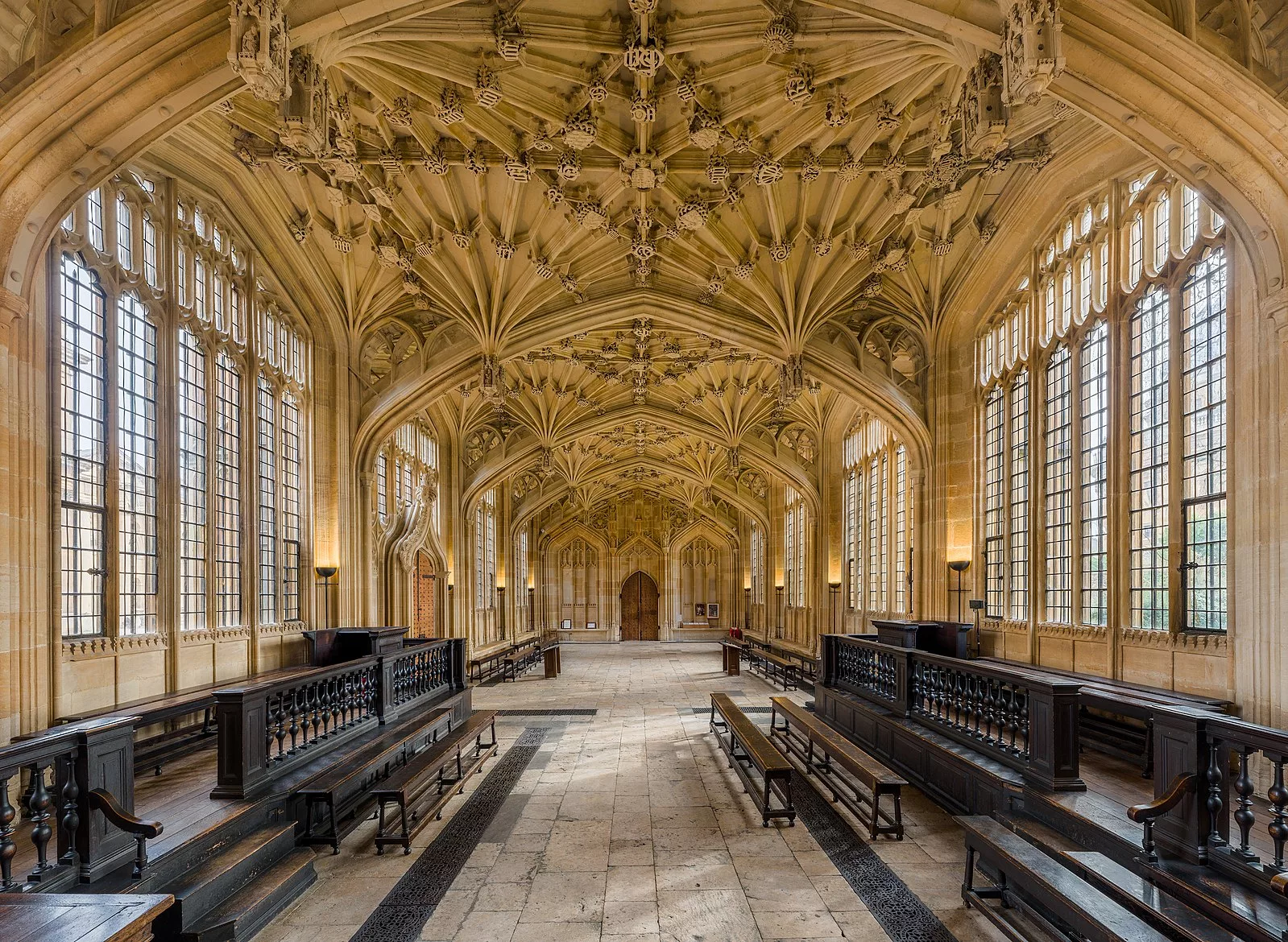The Bodleian Libraries have gained ownership of the autographed manuscript of Johann Sebastian Bach’s cantata for Ascension Day – ‘Auf Christi Himmelfahrt allein’ – through the Acceptance in lieu scheme. This scheme allows people to pay their Inheritance Tax by gifting important cultural objects to the state. The handwritten score is on display until 5 January 2025 in the Weston Library’s Treasury as part of the free exhibition ‘Write, Cut, Rewrite’. There are only three other Bach autographs in the UK: two are at the British Library, and the other is in Cambridge’s Fitzwilliam Museum.
Today, Bach is considered one of the greatest Western composers, yet without his autographed manuscripts most of his music would have been lost. Very few of his compositions were published while he was alive; in fact, although ‘Auf Christi Himmelfahrt allein’ was written in 1725, it only appeared in print 150 years later in 1878.
The document is one of the best-preserved Bach manuscripts, as the damage has mostly been contained to the edges. It was last owned by Sir Ralph Kohn, a successful medical scientist who fled Nazi Germany when Hitler came to power in 1933 and settled in Britain. He was a great music lover who owned an impressive collection of manuscripts, of which this was the most precious. He wanted this precious cantata manuscript to go to a UK institution, which his descendants have ensured with this donation. It was previously exhibited at Buckingham Palace as the piece was performed in the early 2000s for King Charles III, then Prince of Wales.
Unlike other Bach cantatas, for which he often recycled movements from previous compositions, the music for this one was all new. Professor Robert Quinney, Organist and Tutorial Fellow in Music at New College, Oxford describes how “[it] ranges from the dazzlingly energetic opening chorus and triumphant bass aria to the intimate duet for alto and tenor.”
The music was evidently written with great haste, as lines are drawn with little concern for alignment and precision. Alterations were visibly made after scratching or crossing out text, and his hand or sleeve left noticeable smudges. The manuscript still has annotations from Bach’s eldest son Wilhelm Friedmann, and pencil marks from the printers as they prepared the publication of the work.
The document will be digitised and made available through Digital Bodleian, the platform the Library uses to share its online collections, and through the Bach Digital online portal. For now, it is displayed in the exhibition ‘Write, Cut, Rewrite’, which studies the importance of drafting, reviewing and editing in literature. It stands alongside “abandoned works, discarded ideas and notes and scribbles” from prominent authors like Mary and Percy Shelley, Jane Austen, James Joyce, Raymond Chandler, Ian Fleming, Samuel Beckett, and John le Carré.



